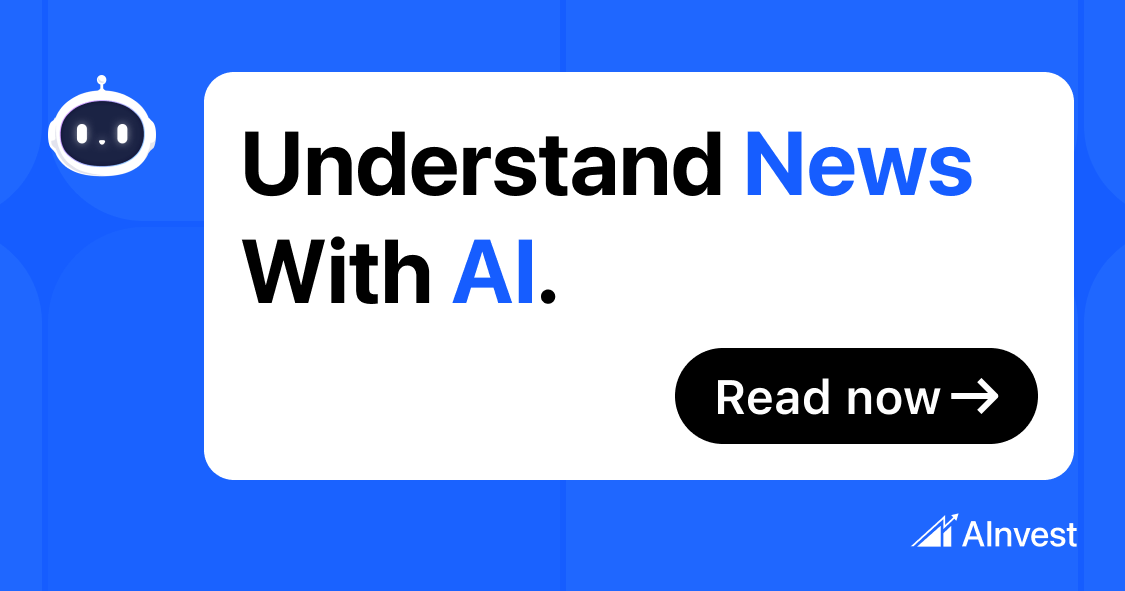Travel companies have been queuing up in
recent years to launch collaborations with generative artificial intelligence (AI)
platforms.
Integrations, most notably with OpenAI,
cover everything from trip planning tools and itinerary generators to chatbots
and assistants, all turbocharged by powerful large language models (LLMs) that
process and produce natural language text.
So, it was surprising to hear the head of
one of the world’s largest hotel brands urge caution. Quizzed on the
opportunities the “new world of AI” held for traveler personalization at tech
conference Viva
Technology in Paris, Accor chairman and CEO Sébastien Bazin said:
“We should not be leaving that data to OpenAI.”
Subscribe to our newsletter below
The French CEO made the comments while
sitting next to Ariane Gorin, CEO of Expedia Group, during the “Reshaping
Travel: Tech, AI, and the Green Imperative” panel.
Bazin said: “She has data on my customers
that I wish I could actually get. But there’s also data I have that she doesn’t
have, that she wishes she could do something with. We can cross minds on making
something smart for the customer’s benefit. We should not be leaving that data
to OpenAI. Why? We can actually figure it out ourselves.”
His remarks come at a time when the notion
of data “sovereignty” is high on national agendas and amid a growing backlash
against big tech firms, as well as AI platforms, over intellectual property and
other rights.
Asking,
not searching
The use of AI assistants is on the rise, and particularly
for travel purposes.
“Today, travelers don’t search. They ask.
They speak to AI—ChatGPT, Gemini, Claude, Siri, you name it—and get direct,
personal answers,” said hotel platform Cloudbeds in a new report, The Signals Behind Hotel AI Recommendations.
The company added that 30% of travelers have
already used generative AI to plan a trip, and 84% say it enhanced their
experience.
Consumers can access data from the key
travel industry players using AI tools. Expedia Group was an early adopter, launching an
OpenAI-powered ChatGPT plugin in 2023. Booking.com has integrated OpenAI models
for its AI trip planner, smart filters, property Q&A and review
summarization features. More recently, Skyscanner announced it was a launch
partner for OpenAI’s ChatGPT Operator.
The tools are getting smarter too, because
LLMs learn from the massive amounts of text data that’s being input. In June
this year, OpenAI said memory improvements were starting to roll out for free users of ChatGPT.
Extra memory allows the AI to remember
specific details from previous conversations, so it can give increasingly
relevant responses based on prior interactions.
Time
to ring fence?
It’s this kind of personalization that
travel companies, across both the leisure and corporate sectors, have been
striving to obtain for many years. Are the AI platforms about to gain a
competitive edge as they learn more about the users?
Concerns like those of Accor’s Bazin have
been raised before. Matthias Schmid, senior vice president of accommodations at
Booking.com, urged companies to think about their data at ITB Berlin this year.
“It’s really for companies to identify
which of the core data is proprietary and whether it should be protected,” he
said.
Technology companies like Sabre point out that
travel companies can retain ownership of the customer relationship by embedding
personalization and decision-making into their own channels.
You just need to define what content you want to share, ensure it’s structured to be readable and valuable to these interfaces—and do so in a way that keeps personal data anonymized and under your control.
Amy Read, Sabre Hospitality
Amy Read, vice president of innovation at Sabre Hospitality, pointed out
SynXis Concierge AI’s capabilities as an example and said the company allows
brands to respond in real time, adapt offers based on behavior and learn from
each interaction while keeping data fully under their control.
“The technology is designed to help hotels
and other travel providers tailor the experience without handing over the
relationship. Guest preferences, booking patterns and real-time signals remain
within the brand’s own environment, powering more relevant and timely
interactions,” she said.
But she added it’s equally important to
acknowledge that brands need to be present wherever guests choose to engage, be
it a hotel’s website, app or AI conversational interface.
“You just need to define what content you
want to share, ensure it’s structured to be readable and valuable to these
interfaces—and do so in a way that keeps personal data anonymized and under
your control,” she said.
Meeting
the customer
Expedia Group argues travel is still one of
the most exciting use cases for generative AI and believes natural language
search is changing how some people start planning their trips.
“But right now, there’s still a big gap
between chatting with gen AI about travel ideas and actually booking a trip—most
gen AI platforms aren’t bookable, and that presents a massive opportunity for
us,” an Expedia Group spokesperson said.
That may be the case for now, but many
finance technology companies are readying for agentic commerce in the coming years.
The Expedia spokesperson also highlighted
how its new partnerships with generative AI tools, such as OpenAI Operator,
Microsoft Copilot Actions and Google’s Project Mariner, allow it to “continue
meeting travelers where they are and make the discovery to booking process
between platforms as seamless as possible.”
Security
first
Booking.com said its tools are built in
accordance with rigorous standards, and are continuously reviewed.
“Privacy and customer experience have been
central to the development of the new AI features developed in partnership with
OpenAI,” a spokesperson told PhocusWire.
“For instance, our AI trip planner has
custom AI moderation layers to detect and block certain elements of personal
detail and harmful content—the aim is to remove personal data when it’s unnecessary to the
search and travel planning process,” they said.
When planning business trips, there’s even
more impetus to keep corporate data secure—but at the same time major benefits
to knowing an employee’s preferences and habits.
We believe that ‘remembering’ your customer starts with a unified, traveler-centric data architecture—one that captures every interaction across the trip lifecycle and then makes it immediately actionable in real-time.
Sarosh Waghmar, Spotnana
“We believe that ‘remembering’ your
customer starts with a unified, traveler-centric data architecture—one that
captures every interaction across the trip lifecycle and then makes it
immediately actionable in real time,” said Sarosh Waghmar, founder and chief
product officer at Spotnana.
However, he added: “Enterprise-grade
privacy and governance are absolutely crucial.” His aim is to provide travelers
and administrators with precise controls over which preferences are stored, for
how long and who can access them, all of which is crucial to build lasting
trust with customers.
“By supplying agents with a rich traveler
dossier—complete with predicted needs and real-time exceptions—our corporate
clients empower their teams to deliver service that feels both deeply personal
and effortlessly seamless,” Waghmar said.
As for Accor, following Bazin’s on-stage
comments, a spokesperson said: “Our customers’ trust is at the heart of our
relationship with them. The data they choose to entrust to us are: used
responsibly; processed within a framework strictly compliant with applicable
regulations, notably the GDPR; never shared with third parties.
“Our goal [is] to use this data to provide
an enhanced, smoother and more personalized customer experience. This is done:
without ever compromising the confidentiality of the information; by
guaranteeing each customer full control over their data; with a commitment to
transparency and direct benefit for the customer.”
The
bigger picture
Viva Technology also played host to
Emmanuel Macron, France’s President, in a fireside chat with Nvidia CEO Jensen
Huang and Mistral AI CEO Arthur Mensch.
The occasion was to announce Mistral AI’s launch of a new European platform
dedicated to AI, powered by Nvidia processors.
“The reason why Europe should build your
own AI is because you should build your own intelligence,” Jensen said.
The notion of “data sovereignty” has become
a key political debate in Europe, as United States tech giants ramp up the
construction of data centers.
“You can’t have foreign entities holding
the turnkey to a system that we will be deploying for critical infrastructure.
That’s extremely important,” Mensch added.
In the meantime, AI companies are dealing
with issues such as claims they are illegally training their models on unauthorized content,
while Denmark wants to alter copyright law to ensure everybody has the right to
their own body, facial features and voice, to combat AI-generated deepfakes.
As the travel industry races toward
AI-driven, seamless and hyper-personalized customer experiences, the challenge
for many brands will be knowing just how far they should go to meet their
customers.









































